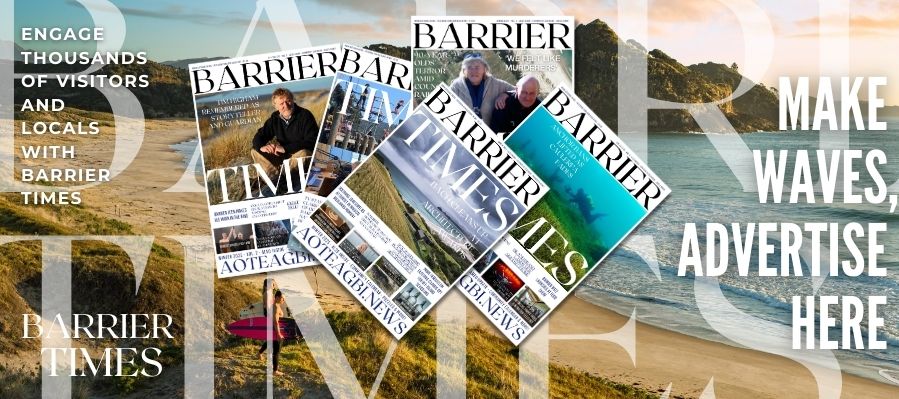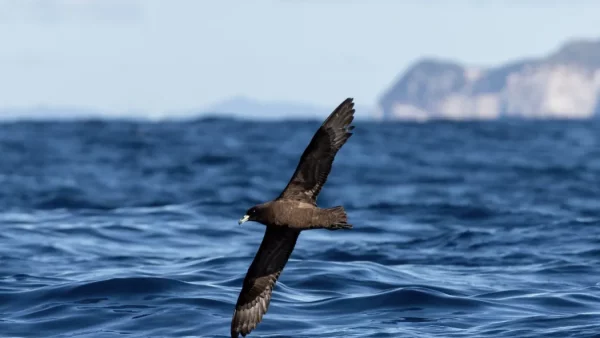By Alex Rogers
On one of the islands in the Hauraki Gulf Marine Park this summer, lots of small snapper washed up dead. A friend who has witnessed the decline of the health of the Gulf over many decades filleted one that was still fresh. The flesh was milky and mushy, not translucent and firm. She tossed the fillet to nearby gulls. They picked it up, then dropped it. They wouldn’t eat it.
We all know the Gulf is in trouble. It has been for a while. Kina barrens, black-flagged beaches, our resident Bryde’s whales ingesting millions of pieces of microplastic every day, rampant invasive species, scallop-beds collapsing, and now mushy, scrawny snapper.
Yet for all that it is still majestic. Manta rays – whai rahi – have been visiting in recent months. Waka ama and yachting regattas have criss-crossed the sparkling waters. Locals and visitors have experienced the restorative power of sun-drenched days by the water. Kaimoana has been caught and savoured.
Today, Auckland Anniversary Day, is traditionally the Gulf’s busiest day of the year. Thousands of boats take to the water. Thousands more flock to the beaches. And this this time around, many of us will also be fine-tuning our dive-bombs off wharves for the inaugural Manu World Championships.
It is our connection to the ocean that makes Tāmaki Herenga Waka, or the City of Sails, so special. Parliament recognised that in law when it created our first ‘national park of the sea’, the Hauraki Gulf Marine Park, twenty-four years ago. Sadly, as our State of the Gulf reports have repeatedly shown, that intervention has not been enough to stem its declining health.
Ecologically, the Gulf is too big to let fail. Once one of the earth’s great ecosystems, it is home to more seabird species than anywhere else on the planet. Economically, it’s also too big to let fail. Our natural capital valuation showed that it is conservatively worth $100 billion to New Zealand.
Yet we are perilously close to letting it fail. We protect just 0.3% of it across six tiny marine reserves. The Gulf simply cannot continue to absorb all the pressure we are applying to it from our actions on the land and at sea, in addition to the increasing impacts from climate change.
The new National-led coalition government has an opportunity to save the Hauraki Gulf.
It starts with passing legislation currently before Parliament to increase the amount of the Gulf that is protected. The Hauraki Gulf / Tīkapa Moana Marine Protection Bill would, as currently drafted, protect about 6% of the Gulf in high-protection areas. That’s still well short of where we need to be, but a big step in the right direction.
The draft legislation has been more than 10 years in the making. It is not perfect. It represents a compromise between the various stakeholders, including ourselves.
The good news is that it could be passed into law this year and be in force by the time next summer rolls around. Or it could die on the floor of Parliament.
We will know which way it’s heading soon. This week the Environment Select Committee will start hearing oral submissions on the Bill. The Committee then reports back to Parliament, amendments are made and the Bill either goes forward to a second reading or not. National’s ‘Blueprint for a Better Environment’ election manifesto pledged not only to pass the Bill but to accelerate its progress. We will hold them to that.
2024 is shaping up as a truly make-or-break year for the Hauraki Gulf Marine Park.
Alex Rogers is the Executive Officer of the Hauraki Gulf Forum.







